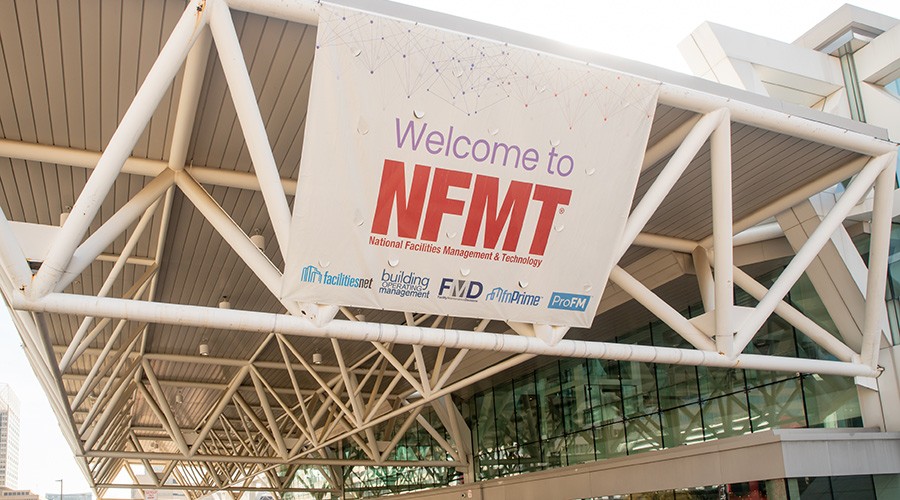Personal Solutions
Writing — and researching — a mission statement
“...To be the world’s best quick service restaurant experience. Being the best means providing outstanding quality, service, cleanliness and value, so that we make every customer in every restaurant smile ...” (McDonald’s corporate mission statement.)
“... To provide an aesthetically pleasing, economically and efficiently operated, safe and well-maintained environment to the students, faculty, staff and public...” (Excerpted from a West Coast university physical plant mission statement.)
Used to be that you occasionally stumbled across an obligatory organizational mission statement in an employee recruitment brochure or emblazoned on the cover of a corporate annual report. Now they’re everywhere, thanks, in part, to the Internet and new-age business thinking that everyone should have one. Even “personal mission statements” flourish — so, as one business observer put it, you can identify “who you want to be, what you want to do, to whom and what you want to give your life ...”
The beauty of the mission statement lies not only in the few carefully crafted words that adorn your Web page, are passed around to new employees, or attached to your annual budget requests, but also in the brainstorming process that shapes it. The irony of a good mission statement is that for all its simplicity and directness, it forces management into a painstaking examination of its people, internal processes, customers, tools and overall performance to date.
The How-To-Network sponsored by the Service Corps of Retired Executives advises that regardless of the structure of the statement itself — one sentence, one paragraph or a series of bulleted points — resist the temptation to rush the process. Come out of the mission-writing exercise not only with a succinct statement of mission, but with a clearer, better-defined idea of your department’s strengths and weaknesses, what you do well, and what you need to work on.
E-mail as a management crutch
E-manager, save thyself. Researchers tell us that an alarming number of middle and top management professionals rely on e-mail as a primary means of business communication. Compounding matters, this group tends to be unaware when subordinates use e-mail improperly. Similarly, e-mail indiscretions that could create legal problems down the road usually are neither recognized nor dealt with.
BusinessWeek reports that the biggest e-mail drawback is that it “masquerades as communication when it is best used for informing, broadcasting or scheduling.” The publication warns that research shows that e-mail used the wrong way can undermine teamwork and fuel conflict.
E-mail can become a crutch for “lame managers leery of confrontation.” The article concludes that communication-savvy managers recognize that certain issues and personnel matters require their close attention — and presence.
Workplace Stress Due Diligence
The National Institute for Occupational Safety and Health suggests this due diligence for workplace stress:
Step 1: Identify the problem. Group discussions among managers, labor representatives and employees provide information and remedy stress in a small company. In a larger organization, discussions help design formal surveys for gathering input about stressful job conditions from employees.
Step 2: Design and implement interventions. Informal discussions that identify stress problems also might produce ideas for prevention. Large organizations might need a more formal process.
Step 3: Evaluate the interventions. Evaluation time frames should be established. Interventions involving organizational change should receive both short- and long-term scrutiny. Focus on the same types of information collected during the problem identification phase: working conditions, levels of perceived stress, health problems and satisfaction.
Related Topics:











